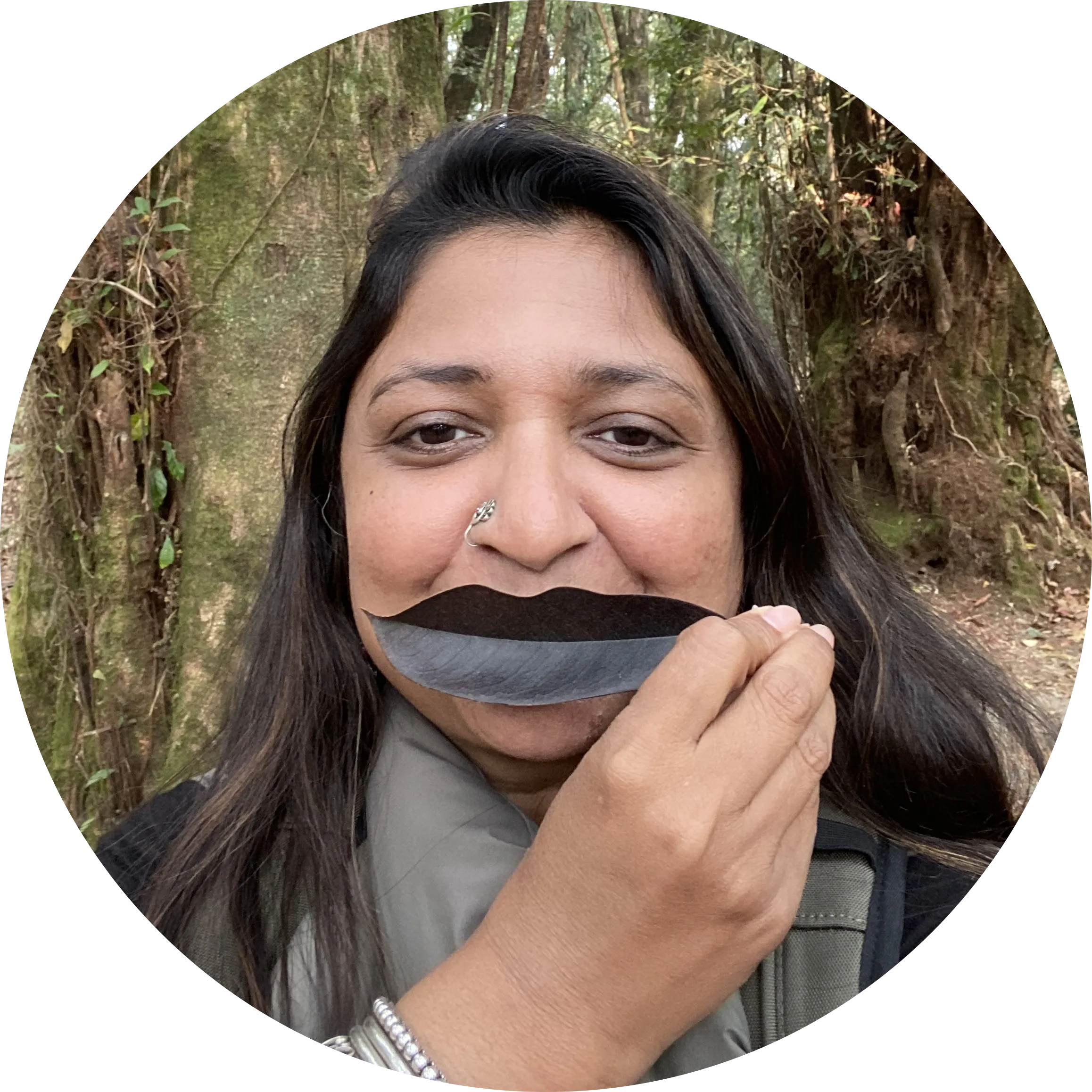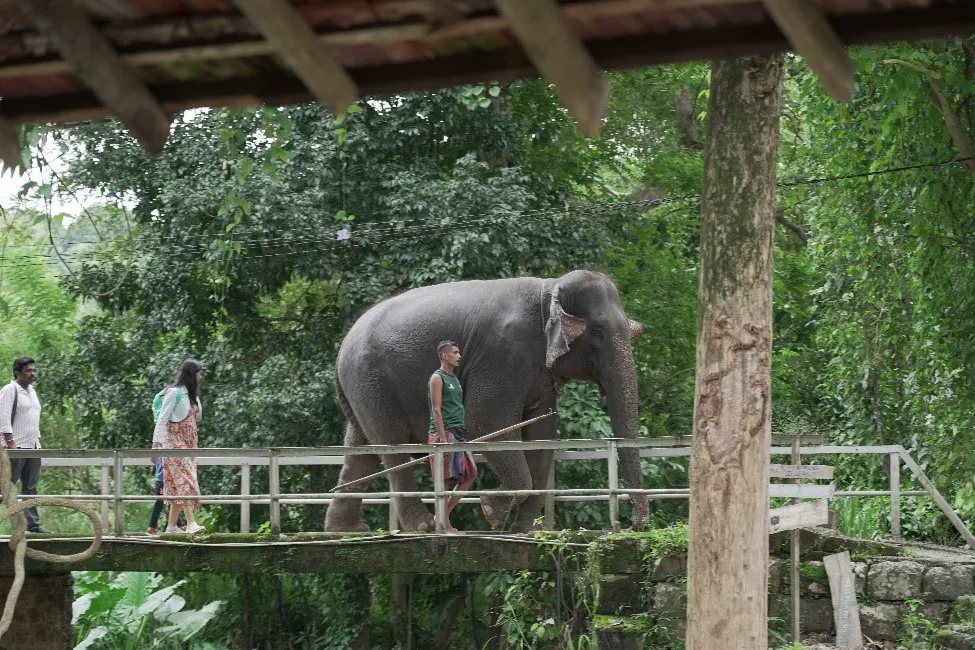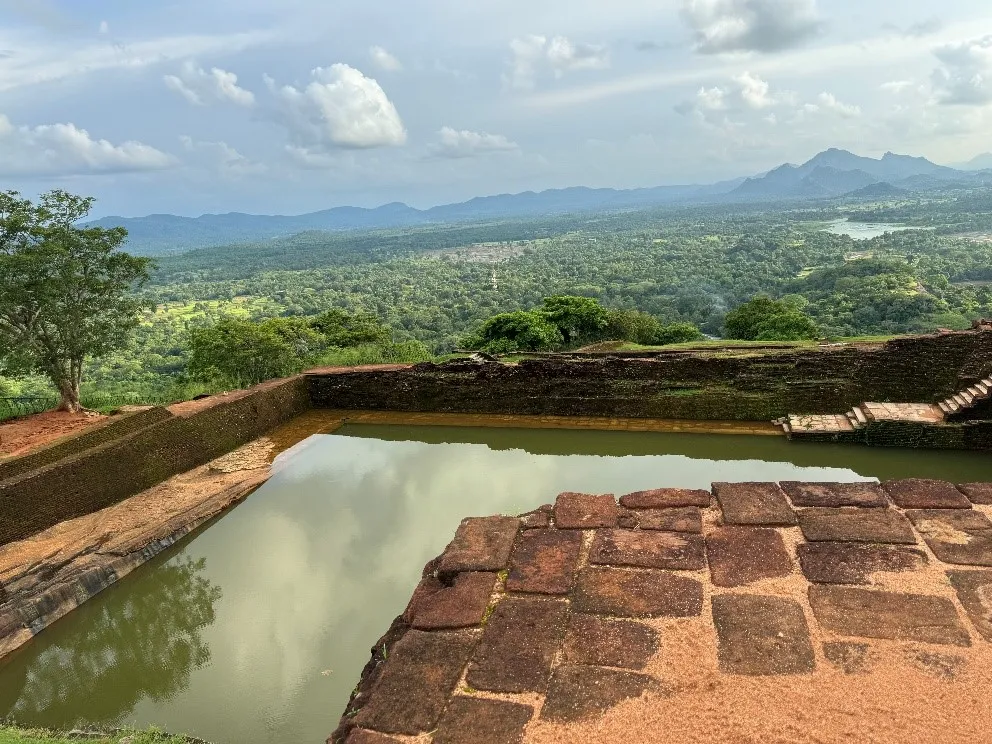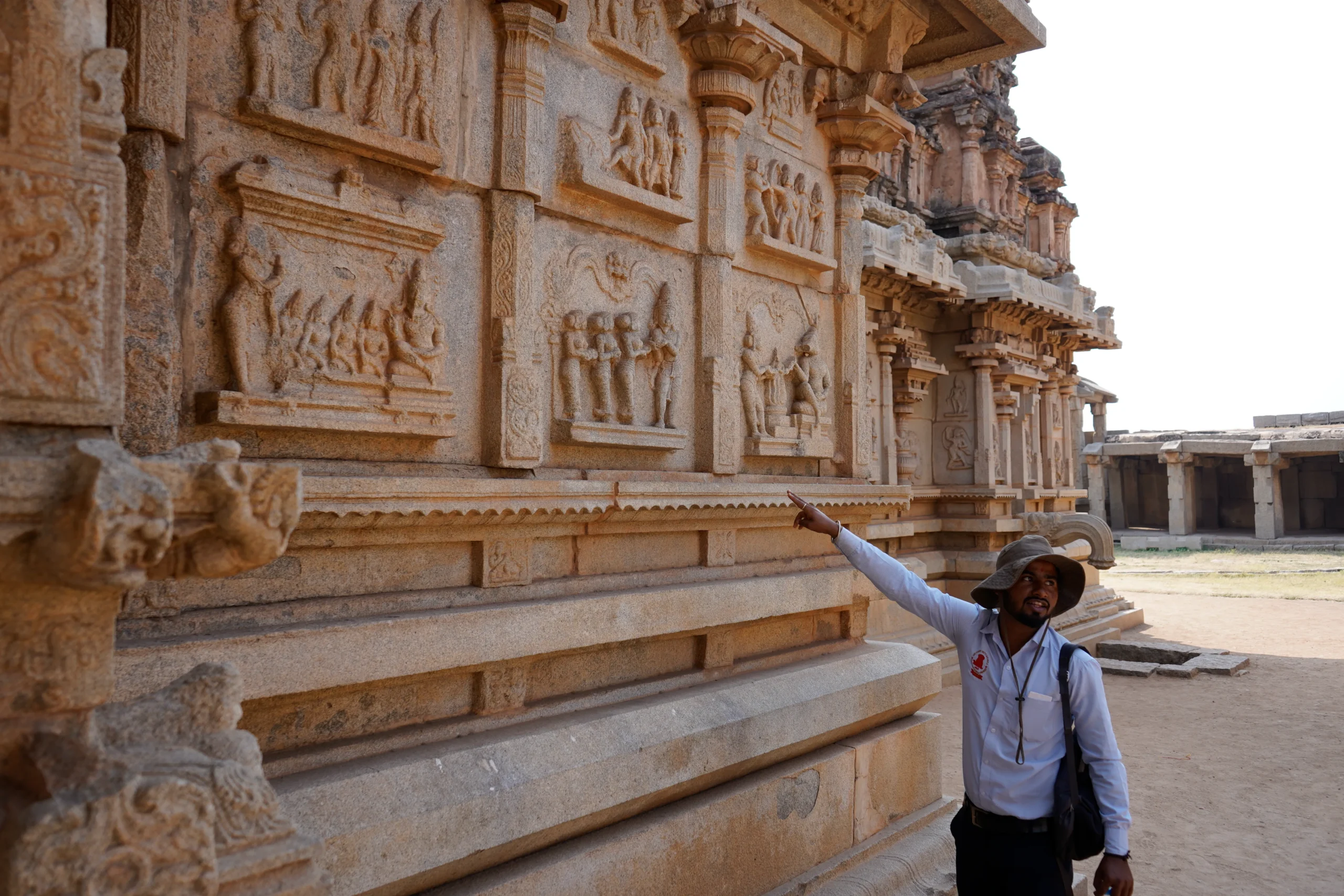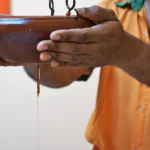Why One Must Visit One of Bhutan’s Festivals
Lorem Ipsum is simply dummy text of the printing and typesetting industry. Lorem Ipsum has been the industry’s standard
Ritu Goyal
A trip to any country is incomplete without witnessing the local culture and festival, and Bhutan is no different. Bhutan is overwhelming with their festivals and no matter which part of the year you visit the country; it will still be festival time, for Bhutan hosts a festival every month.
History of Festivals in Bhutan

In Bhutan, festivals are called Tshechu – A mask dance festival. Tshechu is celebrated in honour of the birthday of Guru Rinpoche who introduced Buddhism to Bhutan in the 8th century. While the exact month varies from place to place, a Tshechu (meaning 10th Day), is always celebrated on the tenth day of a month in the lunar calendar.
Tshechu is an annual religious festival celebrated in each district, temples, dzongs and monasteries of Bhutan. They are high-spirited festivals. It’s believed that everyone must attend a Tshechu at least once in their lifetime. Witnessing these festivities is considered a blessing by the Bhutanese and essential in order to gain spiritual enlightenment. The major festivals are the Thimphu Tshechu, Paro Tshechu, Jambay Lhakhang Drup, Punakha Drubchen and the Haa Summer Festival.
Thimphu Tshechu is by far the most popular and biggest festival of Bhutan. It was established in the year 1670, in Thimphu, by the 4th Temporal Ruler Tenzing Rabgye.
What happens at the festivals?
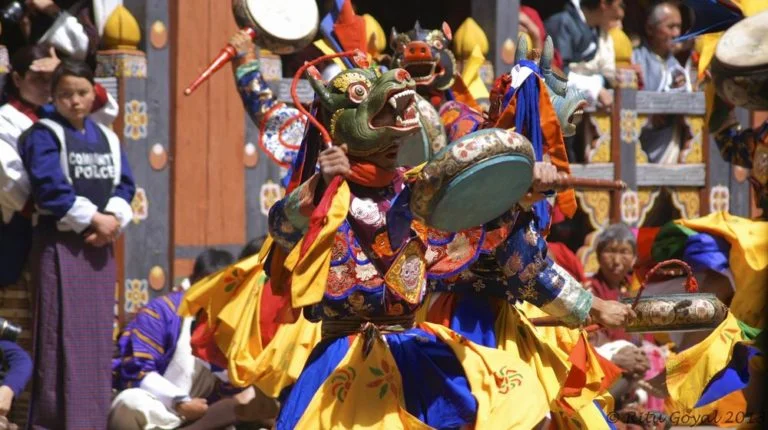
Hordes of people, both locals and tourists flock the festivities. It is a confluence of everything colourful and dance performances. The key attraction is the colourful mask dance, where people join the monks to dance their hearts out.
Weeks prior to the festival local Monks start their preparation through meditation and prayer. During the four-day festivities, these Monks perform highly stylized and sophisticated dances wearing colourful masks and each dance performance is a form of story-telling. For instance, the Monks at the Thimphu Tshechu perform stories from the life and times of Guru Rinpoche (Guru Padmasambhava). They are also significant since the Bhutanese pass their rich cultural heritage, mythology and spiritual belief systems from one generation to the next during this time.
In addition to the above people also share meals comprising red rice, spicy pork, and Ema while washing it all down with the traditionally brewed rice wine, Ara.
Festival Schedule
Day 1
Dance of the Four Stags (Sha Tsam); Dance of the Three kinds of Ging (Pelage Gingsum); Dance of the Heroes (Pacham), Dance of the Stags and Hounds (Shawo Shachi) and Dance with Guitar (Dranyeo Cham)
Day 2
The Black Hat Dance (Shana), Dance of the 21 black hats with drums (Sha nga ngacham), Dance of the Noblemen and the Ladies (Pholeg Moleg), Dance of the Drums from Dramitse (Dramitse Ngacham), Dance of the Noblemen and the Ladies (Pholeg Moleg) and Dance of the Stag and Hounds (Shawa Shachi)
Day 3
Dance of the Lords of the Cremation Grounds (Durdag), Dance of the Terrifying Deities (Tungam) and Dance of the Rakshas and the Judgement of the Dead (Ragsha Mangcham)
Day 4
Dance of Tamzhing Monastery in Jakar, Dance of the Lords of the Cremation grounds (the same dance as day 3), Dance of the Ging and Tsoling (Ging Dang Tsoling) and Dance of the Eight Manifestations of Padmasambhava (Guru Tshen Gye).
Day 5
On the last day, a large scroll painting known as the Thongdrol is unfurled. People witness this occasion to pay their obeisance and seek blessings. Before sunrise, the painting is rolled up and kept in the Dzong till the following year.
Bhutan is one with nature and a perfect amalgamation of beauty and culture that will leave you spell-bound while giving you the best of both worlds.
If Bhutan has been on your mind, then contact us today for a tailor-made travel plan, we assure you a Bhutanese experience like no other.
Author Details
